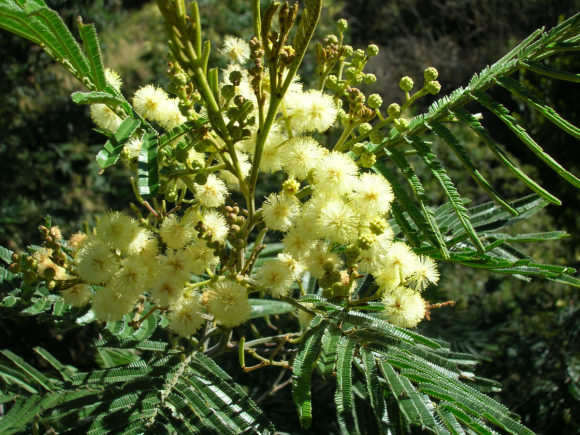“Non-native species in urban environments: Patterns, processes, impacts and challenges”
The December 2017 edition of the journal Biological Invasions is a special issue devoted to papers from a conference on urban invasions that was hosted by the Centre for Invasion Biology (C•I•B) in November 2017.
Although urban ecosystems are hotspots for biological invasions, the field of invasion science has surprisingly given scant attention to invasion dynamics and the challenges facing managers in towns and cities.
The special issue explores urban-specific patterns, processes, impacts and challenges of non-native species. It aimed to synthesize knowledge on invasion dynamics in urban ecosystems worldwide.
The workshop was organized by the research coordinator of the Invasive Species Management Unit of the City of Cape Town’s Biodiversity Branch, Mirijam Gaertner, John Wilson (South African National Biodiversity Institute and C•I•B core team member), and C•I•B Director Dave Richardson.
The workshop, attended by 43 people from eight countries, gave special attention to the following questions: Are patterns and processes of urban invasions different from invasions in other contexts? Why is it important to manage non-native species in urban ecosystems? What are the special management needs in an urban context? How can we bridge the gaps between science, management, and policy issues concerning biological invasions in urban ecosystems? [Read the Editorial which sets the scene for the 17 papers in the Special Issue]
The papers in the Special Issue show that patterns and processes of urban invasions differ in many ways from invasions in other contexts, and that managing invasive species in cities poses unique and increasingly complex challenges.

The following contributions feature C•I•B-affiliated authors:
- EDITORIAL: Non-native species in urban environments: patterns, processes, impacts and challenges (Mirijam Gaertner et al.)
- Ranking of invasive spread through urban green areas in the world’s 100 most populous cities (Cang Hui, David M. Richardson & Vernon Visser)
- Small urban centres as launching sites for plant invasions in natural areas: insights from South Africa (Phil McLean, Laure Gallien, John R. U. Wilson, Mirijam Gaertner & David M. Richardson)
- How do invasive species travel to and through urban environments? (Ashlyn L. Padayachee et al.)
- Alien plants as mediators of ecosystem services and disservices in urban systems: a global review (Luke J. Potgieter et al.)
- British plants as aliens in New Zealand cities: residence time moderates their impact on the beta diversity of urban floras (Carlo Ricotta et al.)
- Understanding the influence of urbanization on invasibility: Carpobrotus edulis as an exemplar (Yaiza Lechuga-Lago et al.)
- Does restricted access limit management of invasive urban frogs? (Giovanni Vimercati et al.)
- The potential range of Ailanthus altissima (tree of heaven) in South Africa: the roles of climate, land use and disturbance (Gareth A. Walker et al.)
- Does public awareness increase support for invasive species management? Promising evidence across taxa and landscape types (Ana Novoa et al.)
- Managing invasive species in cities: a decision support framework applied to Cape Town (Mirijam Gaertner et al.)



